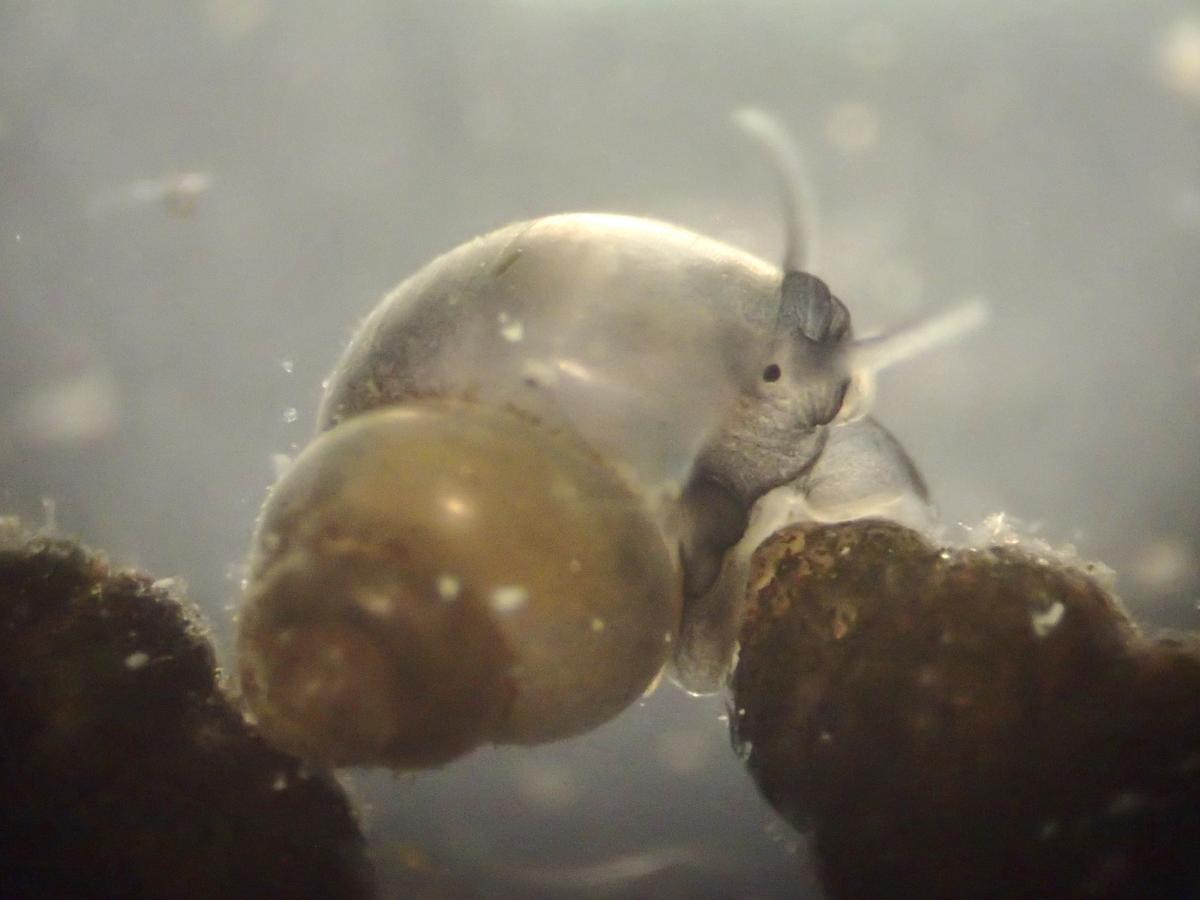Biodiversity Standards and Indicators
Gathering extensive and in-depth data is a crucial step to identifying pressing threats, gaining updated insight on the area of distribution for species and habitats, understanding ecosystem interactions, supporting the implementation of conservation frameworks and informing environmental policies.

The Mediterranean Red List of Species provides a compelling review of the conservation status of species at the regional level, identifying those that are threatened with extinction and the main threats they are facing. Therefore, it is a powerful tool to lead, prioritise and monitor the conservation action in the region.
KBAs are 'sites contributing significantly to the global persistence of biodiversity’, in terrestrial, freshwater, and marine ecosystems. KBA's provide resources that are essential for guiding decisions on the conservation and sustainable management of freshwater biodiversity in the region.
The Red List of Ecosystems is a powerful tool to support conservation in resource use and management decisions by identifying ecosystems most at risk of biodiversity loss. It evaluates whether ecosystems have reached the final stage of degradation (a state of collapse).
The IUCN Green List of Protected and Conserved Areas is the first global standard of best practice for area-based conservation. It is a programme of certification for protected and conserved areas – national parks, natural World Heritage sites, community conserved areas, nature reserves and so on – that are effectively managed and fairly governed.
EICAT is the IUCN Standard for the classification of the impact of alien species on the environment. It is a simple, objective and transparent method that classifies alien taxa into one of five impact categories, according to the magnitude of the detrimental impacts to the environment





